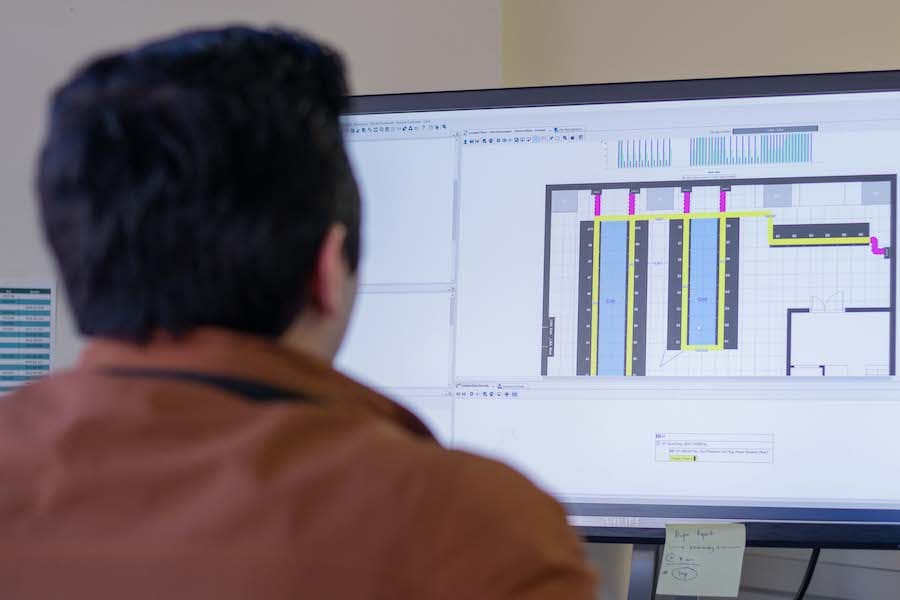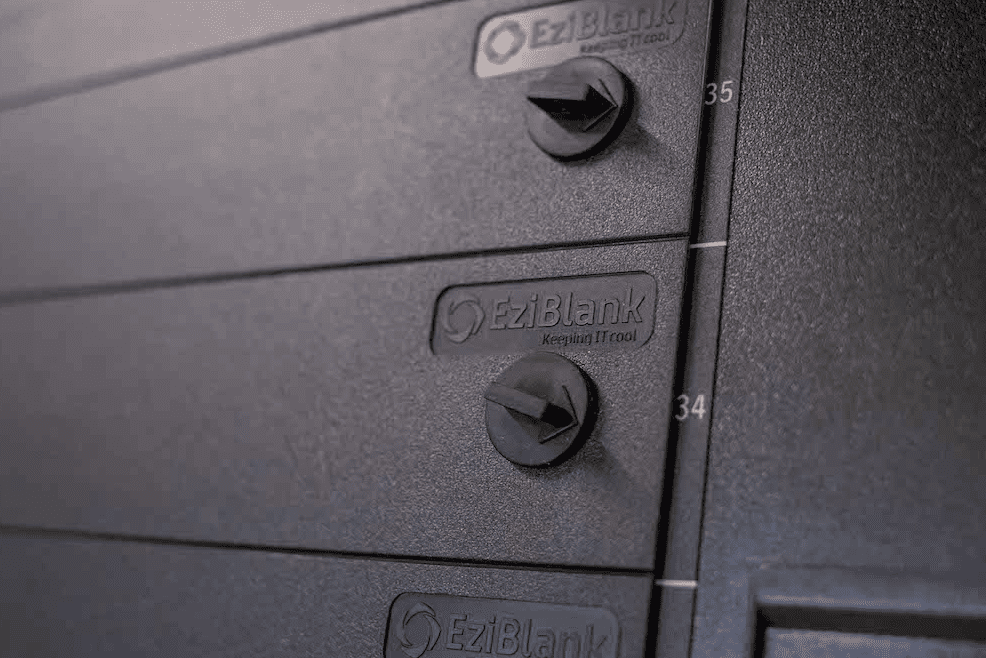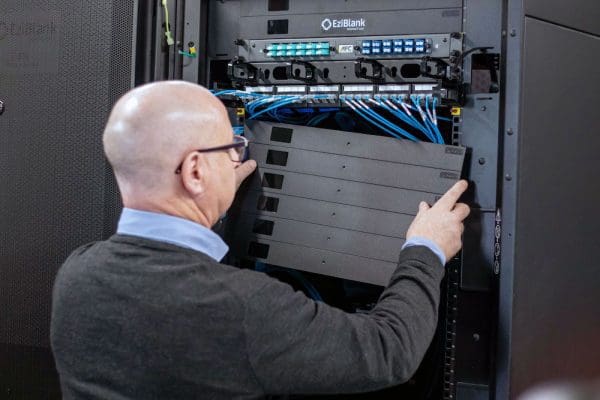Designing an Energy-Efficient Data Center
Recent high energy costs and the impact of greenhouse gas emissions on the environment means that businesses should shift their focus to increasing energy efficiency.
There are many ways to reduce energy consumption, and data centers are no exception.
Designing an energy-efficient data center is a critical task for organizations of all sizes as wasting energy is not just bad for the environment, but also for business.
The good news is that there are many things you can do to make your data center more energy efficient. In this article, we will explore what is most important to keep in mind.
In the article:
[—ATOC—]
[—TAG:h2—]
How do you design a good data center?
Designing a good data center comes down to planning and implementing the right strategies.
This means that you should use the latest technology and carefully plan your layout, to make sure that you are using energy wisely.
Equipment
One place you can start is choosing the right equipment.
Energy-efficient servers use less power and generate less heat than traditional servers. This means you can save money on your energy bill and reduce your carbon footprint.
There are many different types of servers available, so you should choose what is best suited to your specific data center:
- Blade servers are a popular choice for a traditional data center because they offer high performance and energy efficiency. Since you can use the chassis to power and cool multiple servers, you are able to reduce energy consumption and energy spending.
- Rack servers are another popular choice. These have most of the necessary hardware installed within therefore reducing the external cooling infrastructure required
- Tower servers are similar to rock servers but can be installed as a standalone structure. These are versatile and ideal for businesses that want to save on space.
- Cloud servers are one of the most energy-efficient options available for data centers. They use less power and generate less heat than traditional servers, making them a more environmentally friendly option.
As well as choosing the right type of server, you should also make sure your servers are properly configured.
Many servers in a typical data center are configured to run at maximum capacity, even when they don’t need to be. So, you can save energy by configuring your servers to run at lower levels.
You can also use power management features, such as power capping or dynamic power allocation, to reduce your power consumption. This allows you to limit the amount of power a device can use and is a great way to reduce the total amount of power used. This ensures that you are not wasting energy on devices that don’t need it, such as printers and scanners.
Cooling systems
Having good data center air management greatly comes down to using efficient cooling systems. A data center that is properly cooled can save a significant amount of energy
Air-conditioning units are one of the most popular cooling systems. These work by circulating cold air through the data center. Large air conditioning systems have advantages including better cooling capacity than fans and working more effectively in variable volume operation. However, these can be expensive to run and can use a lot of energy so different methods may be more appropriate for you.
Strategies for increasing cooling system efficiency
- Use a hot or cold aisle containment system: one of the best methods for increasing efficiency, this prevents the mixing of hot and cold air.
- Use a raised floor design: this facilitates the flow of cooling air and reduces operating costs by creating more space for airflow under the servers to keep them cool
- Avoid over-cooling: make sure your cooling system is properly calibrated to avoid the system working harder than needed to supply air temperatures appropriate to reduce hot air
- Use intelligent systems: these can adjust the cooling capacity to the most energy efficient level
Layout
When it comes to the layout of your data center, there are a few things you should consider during the design or upgrade process:
Size
Choosing the right size for your data center design is also critical for using the minimum amount of energy to run your operations.
- Avoid oversizing: this will lead to increased energy costs and unnecessary emissions. If your existing data center relies on larger systems, consider downsizing sometime in the foreseeable future.
- Rightsize your physical infrastructure: likewise, having the right sized infrastructure devices for the capacity will have the greatest energy efficiency.
Location
Location is also an important consideration when designing a data center. Look out for the following locations characteristics:
- Power supply: the right location should have a cheap, reliable power supply
- Climate: it is ideal choose a location that is cool and dry to reduce the amount of cooling needed
Implementing greener solutions
Green solutions are a great way to reduce the amount of energy needed to run your data center.
There are many different types of green solutions, and each one can help you save energy and money.
The concept of a green data center involves many design elements and considerations, however there are ways to implement ‘greener’ solutions into your design without doing a complete overhaul. Here are some of our best tips:
- Use renewable energy sources like hydroelectricity, solar or wind power to reduce your carbon footprint
- Take advantage of existing air temperatures: reuse your waste heat for heating in other areas, such as in your building or other homes and if your location is outside use this cool air for cooling within your data center
- Use an evaporative cooling system: an energy-efficient alternative system to air conditioning that cools through evaporation.
Read more about Green Data Centers here.
Increasing the energy efficiency of data centers
By thinking about these features of a good data center, and by implementing greener solutions, you can design a highly energy-efficient data center.
This will not only save money on your operating costs, but also enable you to cut down on emissions.
Find out more about data center energy efficiency measures that you can implement into your data center or view our range of data center solutions, designed to keep your IT cool.



